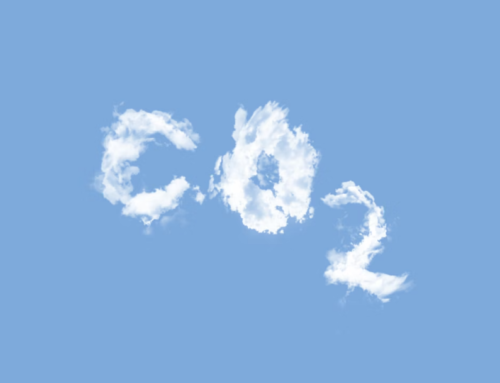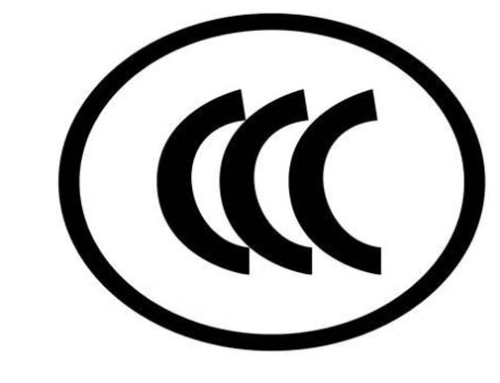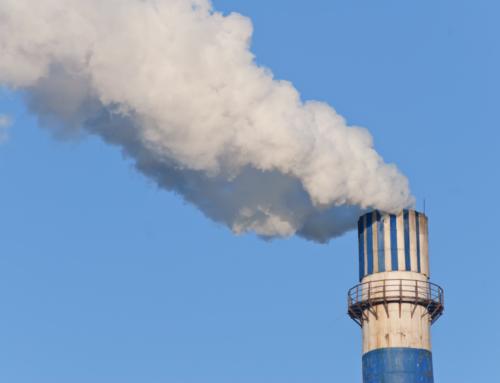On 18 October 2023, China’s State Administration for Market Regulation (SAMR) released the Product Quality Law (Draft 2023) for public comment. The submission channel for opinions will stay open until 18 November. To assist foreign stakeholders, SESEC translated the Draft into English (please click here to download the English version). If you or your organization wish to provide any feedback to the SAMR, you may send an email to SESEC with your input, and SESEC will help translate them into Chinese and submit them to the SAMR.
Background
The current in-force Product Quality Law was originally released in 1993. Unlike minor revisions made respectively in 2000, 2009, and 2018, the Draft contains major changes in order to respond to the evolved market needs (such as new type of economic operators), address issues and consolidate the well-received enforcement practices.
General Introduction
The Draft has six chapters in total:
- Chapter I: General Provisions
- Chapter II: Product Quality Obligations for Economic Operators
- Chapter III: Product Quality Supervision
- Chapter IV: Quality Promotion and Quality Infrastructure
- Chapter V: Legal Liabilities
- Chapter VI: Supplementary Provisions
Structure-wise, the Draft is refined and streamlined by combining original Chapter IV – Damage and Compensation and Chapter V – Penalty into the current Chapter V Legal Liabilities and positioning the Chapter of Product Quality Obligations for Economic Operators in front of the Chapter of Product Quality Supervision. Article-wise, the detailed comparison is summarized as follows:
1. The economic operator’s obligations regarding product quality are clarified.
The Draft introduces new obligations for producers and sellers. These include reporting obligations for accidents related to product quality and safety (Article 16), obligations for recalling defective products (Article 17), obligations for ensuring product quality and safety traceability (Article 18), and obligations for product quality labeling (Article 14).
Furthermore, the Draft also includes obligations for other economic operators in addition to producers and sellers, as outlined in Section Four of Chapter II. This includes operators involved in product storage and transportation, e-commerce third-party platform service providers, offline third-party operators, and service operators, among others. It is important to note that the Product Quality Law, as per the draft, is applicable to importers or authorized representatives of overseas producers, and their obligations are equivalent to those of domestic producers and sellers.
2. The Draft introduces a special section dedicated to quality supervision of special consumer goods.
These goods are used by special groups such as children, pregnant and lactating women, the elderly, and the disabled. The authorities will publish a specific product catalogue, which will impose stricter standards and additional requirements, including safety assessment, third-party testing, labeling, and marking (Articles 49-53).
3. The Draft also includes a new chapter on Quality Promotion and Quality Infrastructure.
This chapter clarifies the responsibilities of market supervision and administration departments at all levels of government, to encourage operators, colleges and universities, scientific research institutions, and financial institutions to undertake quality-related activities such as innovation, research, talent construction, evaluation, financing, and credit enhancement (Chapter IV).
4. The Draft is consistent with theStandardization Law of China.
It replaces the “national standards and sector standard products to protect human health and personal and property safety” with “mandatory standards.” These standards are the minimum requirement for product quality and safety and are the only obligatory ones (Article 83).




